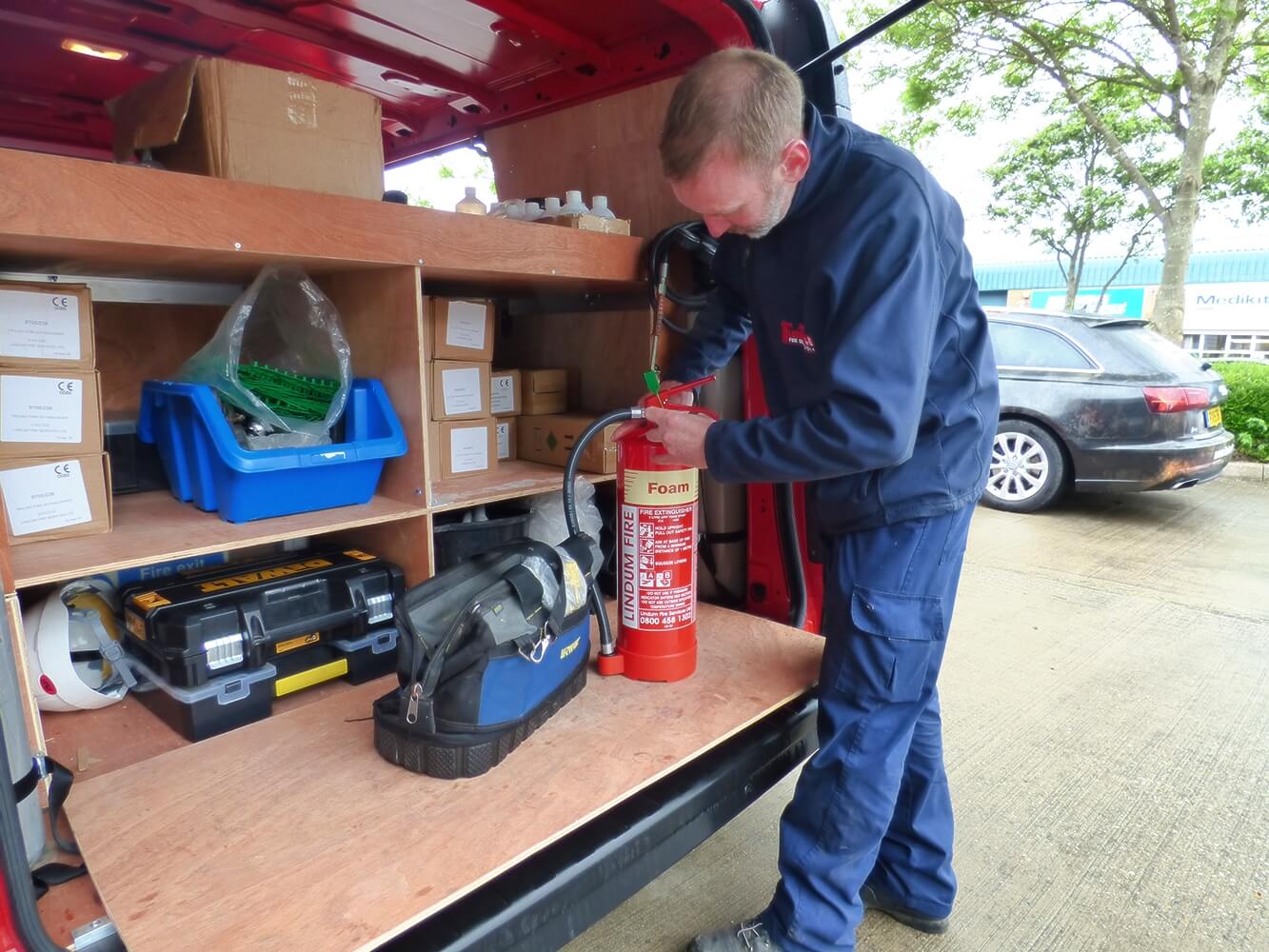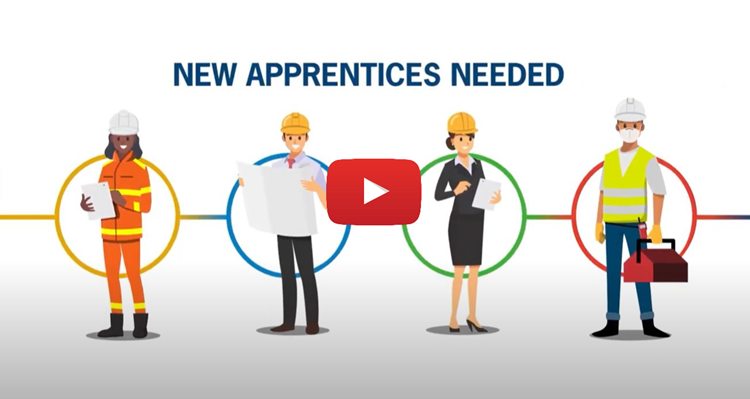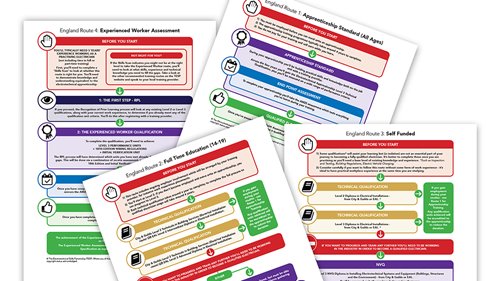The Real Deal (At Last)?

Andrew Eldred
Director of Workforce and Public Affairs, ECA

Andrew Eldred re-examines the CLC report which was issued over a year ago, alongside the Future Skills report...
Over a year ago, the Construction Leadership Council (CLC) published a Skills Strategy and Action Plan.
At the time, I criticised the Strategy and Plan as “a multitude of different, mostly unconnected training, communications and research initiatives..., but none get to the root of the problem."
Since then, change has been in the air. Andy Mitchell of Tideway has positioned himself as both a more inclusive and more radical CLC Chair. Simultaneously, Mark Reynolds of Mace appears to have hit his stride with the CLC skills workstream: for example, appointing SME representatives to help reduce the previous big project/ main contractor bias.
Earlier this month, the skills workstream published its second report: “Future Skills”.
The good news is that this appears more promising than last year’s effort.
First, “Future Skills” is more focused: zooming in on how to increase industry take-up of “smart-construction” technology and techniques.
ECA, along with JIB and Unite the Union, have played a big part in lobbying the CLC to prioritise support for direct employment in its “Future Skills” report.
Secondly, this report, unlike the previous one, acknowledges that construction skills development doesn’t begin and end with the CITB. It explicitly recognises, for example, the role our sector has to play, through the Electrotechnical Skills Partnership, in incorporating smart construction into qualifications.
Finally, and most significantly, the CLC begins to “get to the root of the problem” by accepting that an industry which shirks its responsibilities in employing people will also inevitably fail to train, up-skill and re-skill enough of them. Higher levels of direct employment, it maintains, are a necessary precondition for future innovation and productivity improvement.
This line of reasoning concludes with a call to action which one distinguished, long-term critic of construction reform initiatives confessed led him “nearly to fall off my chair”. It states:
“This report therefore calls for clients to agree a code of employment to level the playing field, where those who contribute to a project are directly employed, thereby ensuring that it is in the employer’s best interest to train their staff and benefit from their improved productivity.”
Putting all the above in place should help give the industry at least a fighting chance of achieving the ambitious objectives for skills and innovation which the CLC has set.
Having ignored or denied it for over 40 years, this acknowledgement from UK construction sector leaders of the (surely always obvious!) link between employment and skills development potentially marks an important turning point. Whether that potential is ever realised, of course, depends on what happens next.
ECA, along with JIB and Unite the Union, have played a big part in lobbying the CLC to prioritise support for direct employment in its “Future Skills” report. For the CLC’s call to action to have any significant, lasting impact, we would now argue that a client-led code of practice must:
- Be adopted by as wide a range of clients as possible - including not just high-profile infrastructure mega-projects like Hinkley, Heathrow or HS2, but also more mainstream commercial, residential and public sector work.
- Have input from trade unions and all parts of the construction supply chain.
- Aim to secure real and effective change - in other words, avoid being reduced to a procurement-led “tick-the-box” exercise or PR-led, aspirational “spin”.
- Have a clear concept of what is meant by “direct employment”, incorporating both the tax/ employment status issues and the degree to which construction activities are carried out in-house or outsourced.
- Communicate the broad stakeholder and societal benefits of direct employment.
- Include guidance on appropriate procurement, contractual, monitoring, auditing and enforcement processes.
- Acquire statutory under-pinning by the UK Government (finally) implementing the tax and employment status recommendations of the 2017 Taylor report.
Putting all the above in place should help give the industry at least a fighting chance of achieving the ambitious objectives for skills and innovation which the CLC has set. So, let’s travel in hope - and hang onto our chairs.

Andrew Eldred
Director of Workforce and Public Affairs, ECA
Before joining ECA, Andrew spent four-and-a-half years as Crossrail’s Head of Employee Relations. Prior to this he worked for the Olympic Delivery Authority’s delivery partner, and for several years in employee relations roles at the BESA and the Engineering Construction Industry Association.
Andrew is a member of the JIB National Board, director of Evolve (formerly Blue Sky) Pensions Ltd,. a trustee-director of the apprentice training charity JTL and a regular guest lecturer at Exeter University’s Business School.
Related Articles
HR implications of a Labour Government
Careers Week 2024: consider an electrotechnical career!
General Election 2024: Why a shortage of electrical apprentices matters
Electrician Plus: the future of competence in our sector
An appeal to industry from education
Empowering young people for World Skills Day 2023
Lean into local learning
Make 2023 your year for fire and security training
Tackling recruitment and retention challenges
The Construction Route – what needs to change?
Apprenticeships off to a positive start
We need diversity more than ever. Here are 5 ways we can get there
New Training Opportunities for EV Charge Point Installers
Increasing Pay Pressures in Engineering Services
Don’t get taken for a ride by Rogue Trainers
Home Thoughts from Abroad: Skills Development
Home thoughts from abroad: Immigration
Home-thoughts from abroad: ‘What should they know of England who only England know?’
Back to the Future: Direct employment, the ‘gig’ economy and the lessons from history
IR35: the story behind the headlines
Looking back on 2020 with the JIB
Six reasons to hire apprentices
What’s the best way into the industry?
Why an operative-rating app leaves me feeling queasy…
Tackling unemployment post Covid-19
The importance of functional skills
Finding the best fit for your team? There’s an app for that
A Smart Career Move?
The future of furlough
IR35: essential steps to help you comply
Stopping the levy running dry
Do the maths, consider an electrotechnical career!
Opening the door to all
Copyright © 2024 Electrical Contractors Association Ltd
.jpg?width=970&height=90&ext=.jpg)
















.jpg?width=700&height=466&ext=.jpg)





















